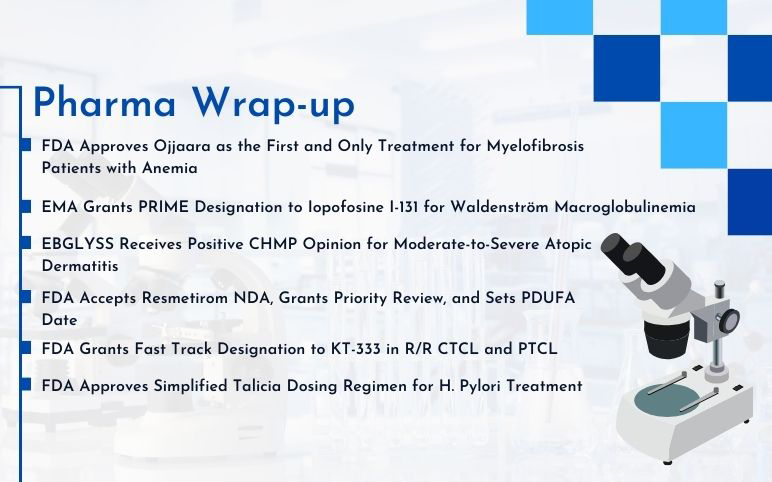The US Food and Drug Administration and the European Medicines Agency have granted CRPS- an orphan disease designation on the basis of their determination that fewer than 200,000 people in the US and fewer than 154,000 people in the European Union are affected each year.
CRPS may develop after major trauma, surgery, or minor injury, and progresses with a variable course that ranges from self-limiting, mild symptomatology to chronic disease. There are two types- CRPS-I and CRPS-II.
CRPS-I
is a syndrome characterized by a continuing (spontaneous and/or evoked)
regional pain that is seemingly disproportionate in time or degree to the usual
course of pain after trauma or another lesion. The pain is regional (not in a
specific nerve territory or dermatome) and usually has a distal predominance of
abnormal sensory, motor, sudomotor, vasomotor/edema and/or trophic findings.
The syndrome shows variable progression over time. CRPS-I occurs after any form
of trauma, particularly a fracture or soft tissue lesion. CRPS-II occurs after
nerve damage.
CRPS
treatment is restricted to palliative care and symptom-based interventions such
as Non-opioid analgesics (Paracetamol, NSAIDs, Nefopam etc.), Weak opioid
analgesics (Tramadol, Codeine/Acetaminophen, Opium/PCM etc.), Strong opioid
analgesics, Co-analgesics (Corticosteroids, Antiepileptics, Antidepressants,
Tricyclic Antidepressants, SNRIs, Bisphosphonate, IV Bisphosphonate,
Calcitonin, Ketamine etc.), Local treatment (Joint infusion of corticosteroids,
Lidocaine cream, Lidocaine patch, Capsaicin, NSAIDs etc.) and others (including
Physiotherapy, surgery, Psychological interventions etc.)
Currently, Neridronate is the only first-line drug that has shown its efficacy in CRPS patients and available in the Italy market. It is the only therapy approved for the CRPS treatment in Italy by Abiogen Pharma.
CRPS overall dynamics market is anticipated to change in the coming years owing to the expected launch of emerging therapies such as Neridronate, BHV-5000, PPP001, AXS-02 and many others. The companies that are involved are – Abiogen Pharma/Grünenthal, BioHeaven Pharmaceuticals, Tetra Bio-Pharma, Axsome Therapeutics, and many others.
CRPS market size in the 7MM is expected to reach USD 469.94 million by 2028 from USD 275.56 million in 2017 at a CAGR of 5% for the study period (2017-2028). The United States accounts for the highest market size of Complex Regional Pain Syndrome in comparison with EU5 and Japan among 7MM. CRPS total cases are 277,824 in 2028 in the 7MM.
Among the European 5 countries, Germany had the highest cases of CRPS with 18,459 cases, followed by the UK and France, which had 14,727 and 13,261 cases respectively in 2017. On the other hand, Spain had the lowest i.e., 9,526 cases in 2017. Japan had 5,333 cases of CRPS in 2017. In terms of gender, females are more frequently affected by CRPS as compared to males, while in terms of types, CRPS I accounts for the maximum number of cases as compared to CRPS II.



